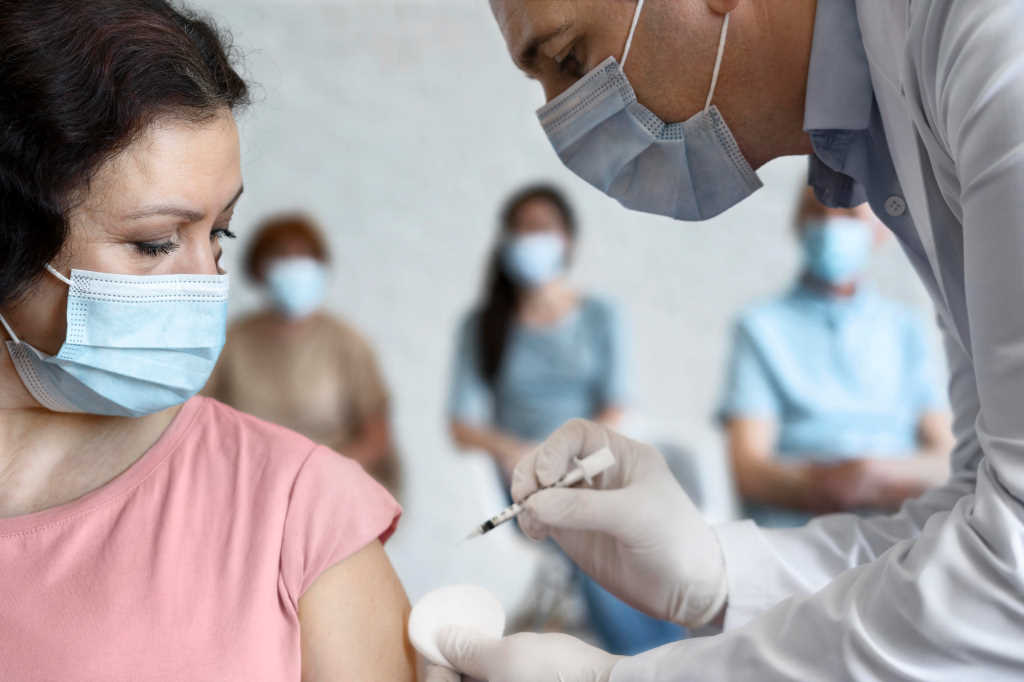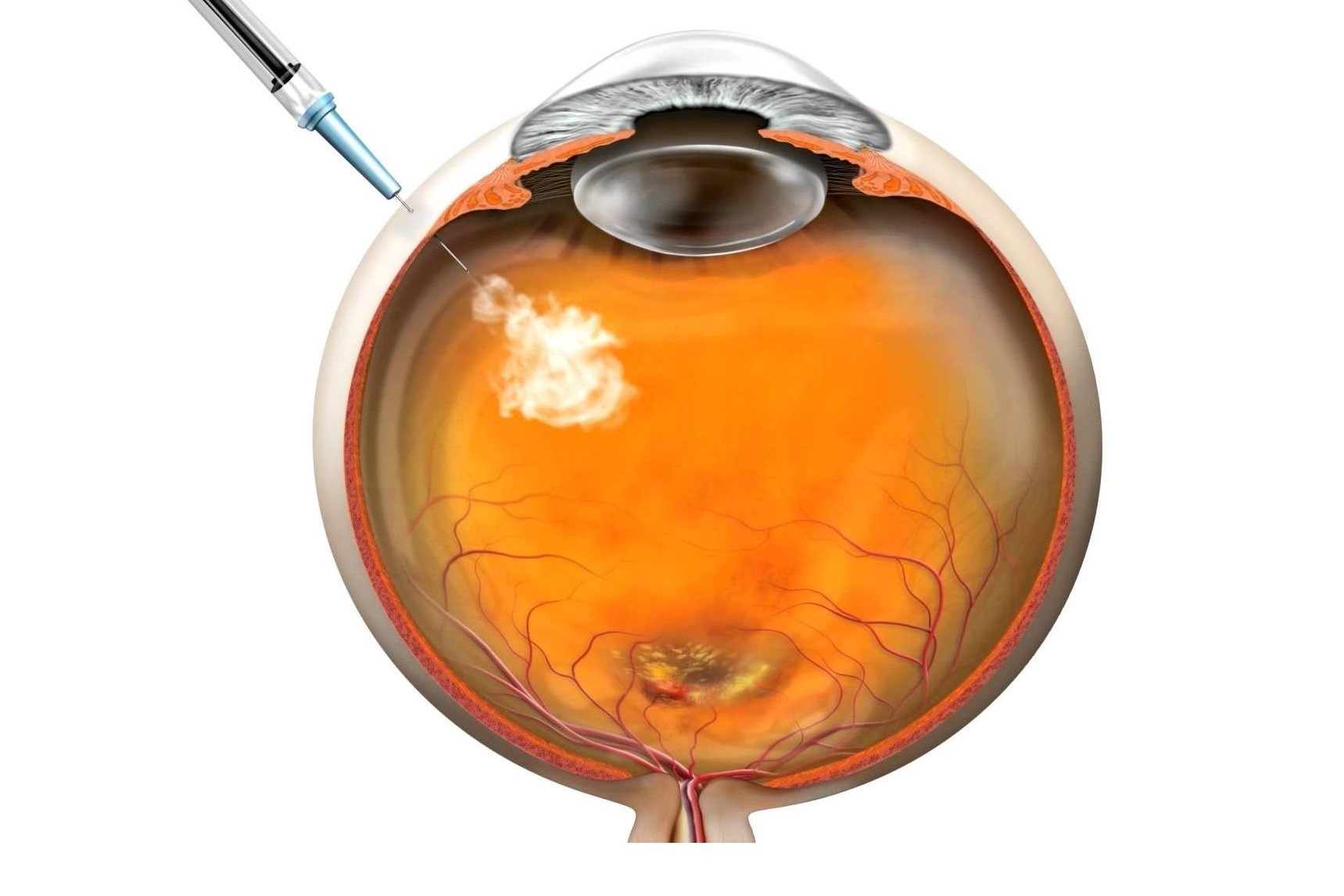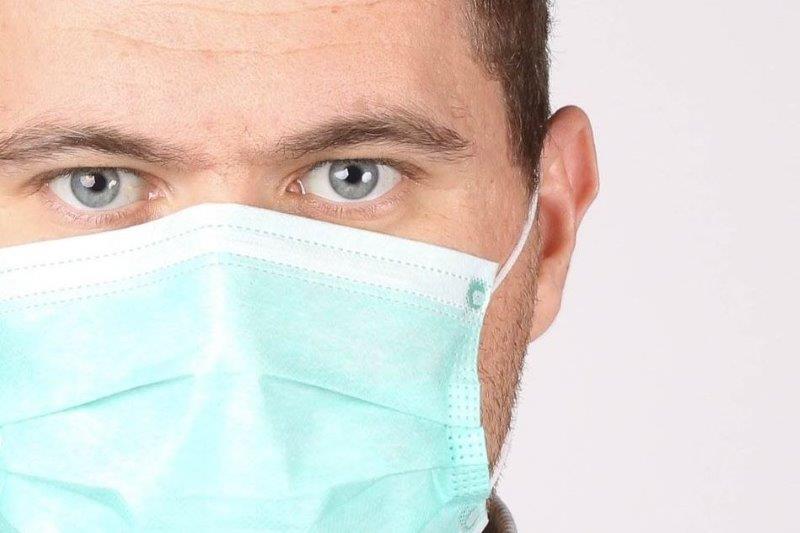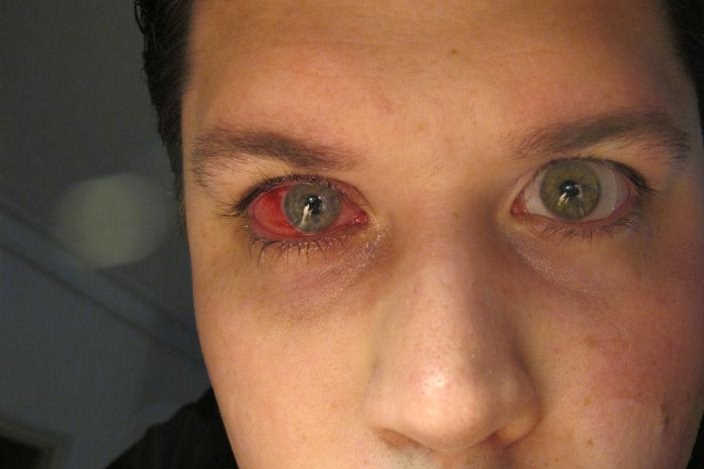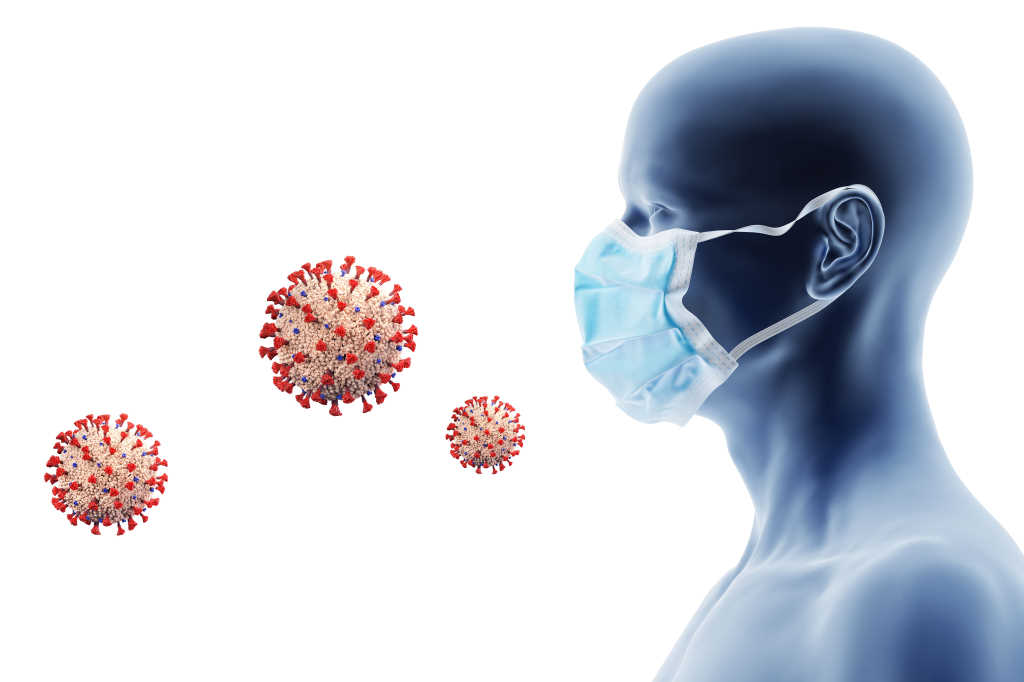Mandatory boosters and guidance around testing and masks
The following is a special Covid-19 update from the Optometrists and Dispensing Opticians Board (ODOB):
There have been some guidance from the Ministry of Health (MoH) following the changes to the mandatory vaccinations order, and their Omicron strategy. While this is still evolving, it includes the requirements for mandatory boosters for healthcare workers (which includes Optometrists and Dispensing Opticians) providing face-to-face consultations, as well as high-level guidance with regards to risk assessment for individual practitioners and their practices, the use of Rapid Antigent Testing (RAT) kits, and masks.
Below are the guidance we have received as of today.
- THE MANDATORY VACCINATIONS ORDER
As you are all aware, the COVID-19 Public Health Response (Vaccinations) Order of 2021 (the Vaccinations Order) came into force on 1 May 2021 and required that specific work at the border only, be performed by workers who have been vaccinated against COVID-19.
Further amendments were made over 2021, for example to include further workforces, including health practitioners. The Vaccination Order required all health practitioners who are “providing health services to patients in person” to be “fully vaccinated” (i.e. the primary vaccination course of two doses of the Pfizer COVID-19 vaccine). Click on the link to view the MoH's Fully Vaccinated against COVID-19 within Aotearoa New Zealand Policy Statement.
On 23 January 2022, amendments have been made to mandate booster vaccinations for all workers covered by the Vaccinations Order.
Changes to the Vaccinations Order
- The Vaccinations Order requires all eligible workers from key sectors, including health practitioners (Optometrists and Dispensing opticians) to have their COVID-19 booster vaccination by 15 February 2022.
- The Vaccinations Order mandates that a booster dose is required by 6 months (183 days) from the end of the primary vaccination course. This only applies for those 18 years and older.
- As of today, the window period between the primary course and booster has been shortened from 6 months to 3 months.
- This means, all Optometrist and Dispensing Opticians that provide health services to patients in person and their staff, as covered by the Vaccinations Order, must get their booster vaccine 3-6 months after their second dose of the primary vaccination course.
A Person Conducting a Business or Undertaking (PCBU) under the Vaccinations Order
- From a health and safety perspective, all PBCU’s also have certain responsibilities under the Vaccinations Order.
- Relevant PCBUs, must:
- at least 12 years of age, but under 18 years of age in the home where the home-based education and care service is provided, is vaccinated; and
- 18 years of age or older in the home where the home-based education and care service is provided, is vaccinated and has received a booster dose.
- not allow any person covered under the Vaccinations Order (other than an exempt person), to carry out certain work, unless satisfied that the affected person is vaccinated and boosted.
- notify each person covered under the Vaccinations Order of their duty to be vaccinated and boosted.
- not preventing the affected person from reporting for, and undergoing vaccinations during their working hours, if vaccinations are available during those hours.
- allow an affected person who provides a home-based education and care service to carry out certain work unless satisfied that every person:
- The Vaccinations Order puts requirements on PCBU’s to keep records of vaccinations of their affected workers. A Vaccine Pass will not suffice. The PCBU must have the date and vaccine type (e.g. Pfizer or AstraZeneca). This is available on the each person’s My COVID Record App (mycovidrecord.nz) or by referring to their purple COVID-19 Vaccine appointment card if they have one.
THE MINISTRY OF HEALTH’S OMICRON STRATEGY
On 25 January 2022, the Ministry of Health (MoH) held a webinar explaining its Omicron Strategy, including their response at each stage within the 'Red Light' setting of the COVID-19 Protection Framework. This includes:
- Phase 1: “Stamp it out”
- Phase 2: “Flatten the curve”
- Phase 3: “Manage it”
Click here to view the slides from this MoH webinar.
Since, the Optometrist and Dispensing Opticians Board (ODOB, the Board) has been in several additional meetings with the MoH trying to understand what this means for us the Allied Health sector. Details of how we understand it, is set out below.
What does this mean for Allied Healthcare workers in the community?
- The MoH considered how this strategy could be implemented by the Allied Health sector in the community.
- Please click on the link to see their guidance: Omicron in the community: what this means for you (January 2022)
- We are currently in Phase 1.
The Critical Worker list
- The MoH’s Critical Worker list is service-based, and not profession-based. Critical workers are generally covered in acute care and district health board (DHB) services.
- However, most Allied Health providers are expected to sit under “Primary care clinics (including Private Allied Health clinics)”.
- Click on the link to view the MoH’s Guidance for critical health services during an Omicron outbreak.
- It is also important to note that, under these guidelines, the MoH advises that RATs are only used to manage workforce exposure that require periods of isolation. RATs in this instance, are used as a ‘test-to-return’ strategy. For more information, please see the relevnat section below.
Risk profile of Allied Healthcare workers
- Based on a risk, Allied Healthcare workers fall within a ‘moderate’ to ‘low’ risk, which means they are generally not working within in environment where there are known COVID-19 (Omicron) cases, and/or the people they come in contact with are less likely to demonstrate COVID-19 symptoms. This is due to the additional infection and prevention control measures in place, such as screenings, before they enter their premises.
- Assessment of these risks are captured in the MoH’s Guidance for healthcare workers who are COVID-19 cases or contacts during an Omicron outbreak
- Registrants are reminded that, as long as they do not discriminate against anyone, they are allowed to consider their own health and safety measures. This would include considerations of their own risks – both personal and for their practice – when determining their COVID-19 related responses.
Rapid Antigen Testing (RAT)
What will RAT ‘test-to-return’ look like?
- Critical workers who are ‘close contacts’ will be able to return to work early, provided they return a negative RAT every day that they are at work throughout their required isolation period; or as otherwise appropriate to their work setting. They will only be allowed to go to work – not anywhere else.
- RATs are less sensitive at detecting cases than a PCR test, so it is possible that you/your worker may have and be able to spread COVID-19, even if they return a negative RAT.
- Critical businesses should assess whether the test-to-return scheme is needed on a worker-by-worker basis, and allow critical workers who are ‘close contacts’ to self-isolate instead wherever possible.
- You should also ensure that business continuity plans are in place if a critical worker tests positive and needs to isolate.
- If a critical business does determine that test-to-return is needed for a critical worker, the business should ensure, as far as reasonably practicable, that safety protocols are maintained.
Access and supply of RATs to Allied Health private providers?
- The MoH is expecting further Cabinet decisions soon, with further information available within the next 2 weeks. Once this is clear, we will communicate these accordingly.
- Some of the recommended changes include the implementation of a system that will identify and provide a register of Aotearoa New Zealand’s Critical Businesses with Critical Worker numbers by location. This will be used to allocate RATs, and other support to ensure the continued operation of the critical areas of Aotearoa New Zealand’s economy.
- In the meantime, Government agencies have been identifying key organisations that will be proactively contacted over the next couple of weeks.
Masks
Access and supply of masks to Allied Health private providers?
- The guidance for private providers regaring personal protective equipment (PPE) have not changed. Click to view the MoH’s guidance on COVID-19: Personal Protective Equipment Central Supply.
- As per the PPE Principles of Supply from the Ministry of Health's National PPE supply, private providers are to use their own networks to source and purchase PPE, unless identified by their DHB as requiring assistance for the provision of urgent* health services within their region.
*Urgent in this context refers to acute patient services such as emergency out-of-hours services.
Are Allied Healthcare workers required to wear particulate respirator masks?
- The MoH’s national Guidance on infection prevention and control (IPC) practices and personal protective equipment (PPE) in health and disability care settings for COVID-19 recommends that a medical grade mask provides adequate protection against most infections.
- At all levels of the Omicron response, a certified medical mask – i.e. a Type II R or Level 2 – 3 (a three-layered surgical mask) is part of the operational response for general health workers.
- An N95 particulate respirator is recommended for higher risk health workers or border staff when a person has COVID-19 or they have COVID-19 related symptoms and have been identified by the contact tracing service as a close contact.
- The Ministry does not routinely provide N95s outside of the principles of supply.
- Please note, an N95 particulate respirator needs to be fit-tested in order for it to be affective. Click on the link to view the MoH’s guidelines regarding The role of medical masks and particulate respirators in health and disability care settings (August 2021).
- If they are not fit-tested, a medical grade surgical mask, with the necessary IPC measures, will provide adequate protection against most infections.
Should patients wear masks during consultations?
- From a health and safety perspective, healthcare practitioners may require eligible patients to also wear masks and may prescribe their mask requirements. For instance, in phase 1 of the 'Red light' setting, patients may for instance be required to wear a three-layered cloth mask during consults, while in phase 2 and 3 they may be required to wear a medical grade mask. This response will depend on each practice (PCBU), and will be based on their own risk assessment.
- It is also worth noting that the MoH is leading an interagency process to consider improvements to the face coverings exemptions process. They are aware that some people have been misusing the process to circumvent the rules, which then undermines the use of these exception cards for those who are legitimately exempt from the requirement.
- It is however important to note that patients who refuse to wear a mask (or have an exemption), may not be identified until they reach the premise. There is a duty of care to see these patients if they are unwell.
- Patients who do have mask exemption, will have official documentation (an exemption card) from the MoH and not something readily available on the internet. Click here for more information on mask exemption.
3. FOR MORE INFORMATION
We understand that this is a very stressful time for everyone, and we wish to be as supportive as possible. If you are uncertain about anything, or if you wish to discuss, please feel free to contact us at registrar@odob.health.nz.










